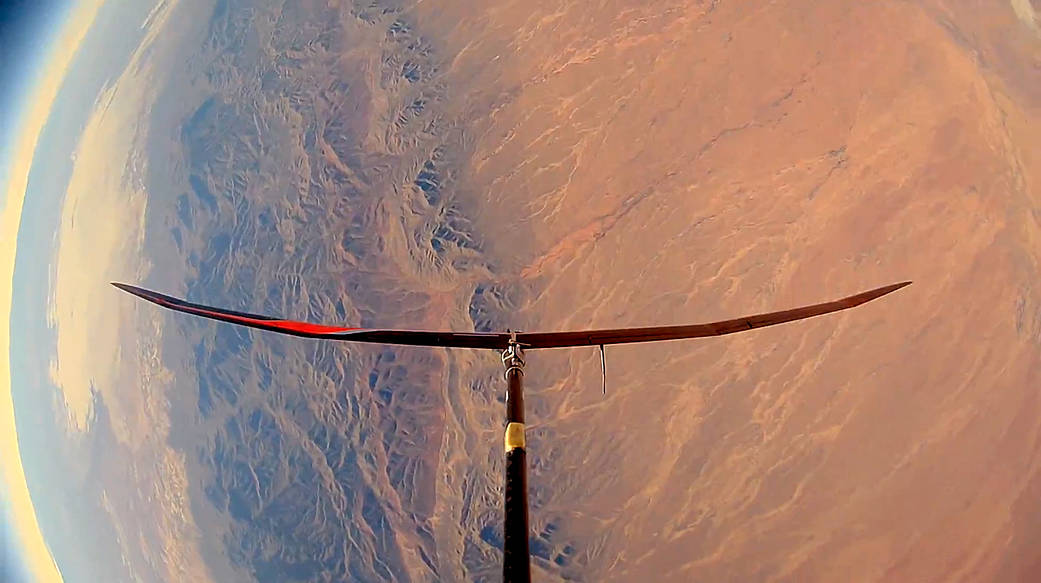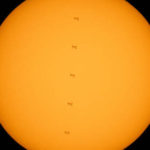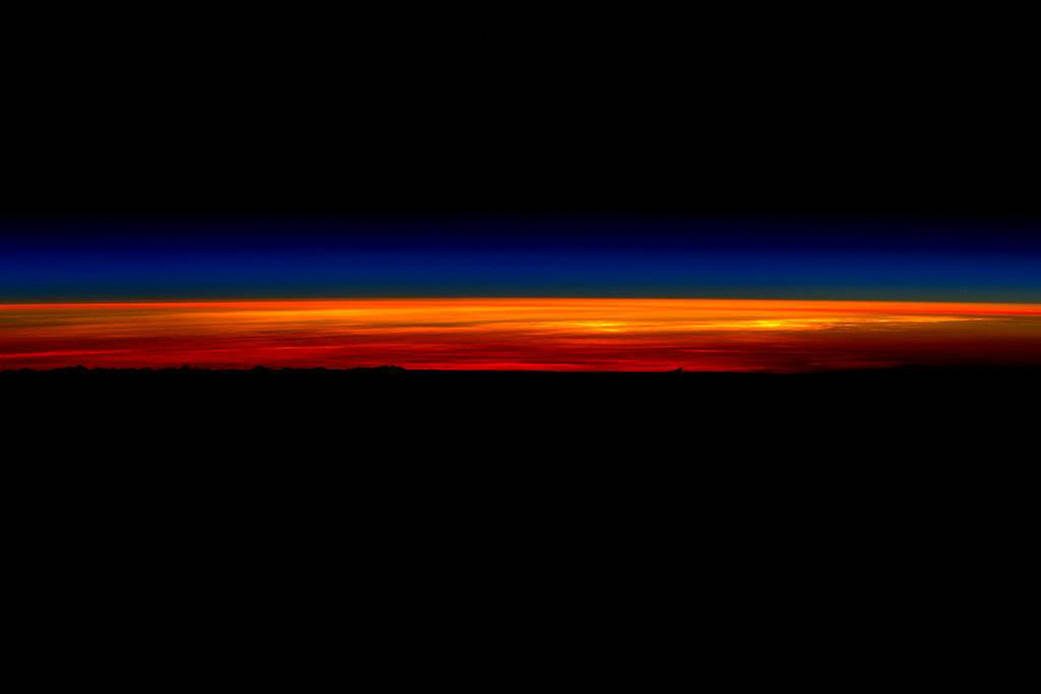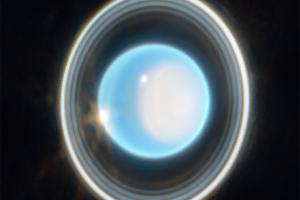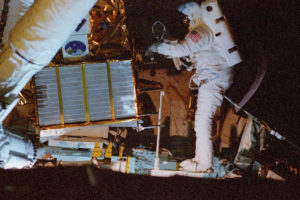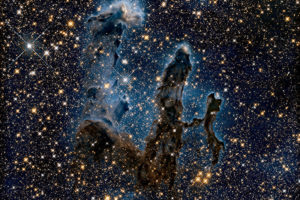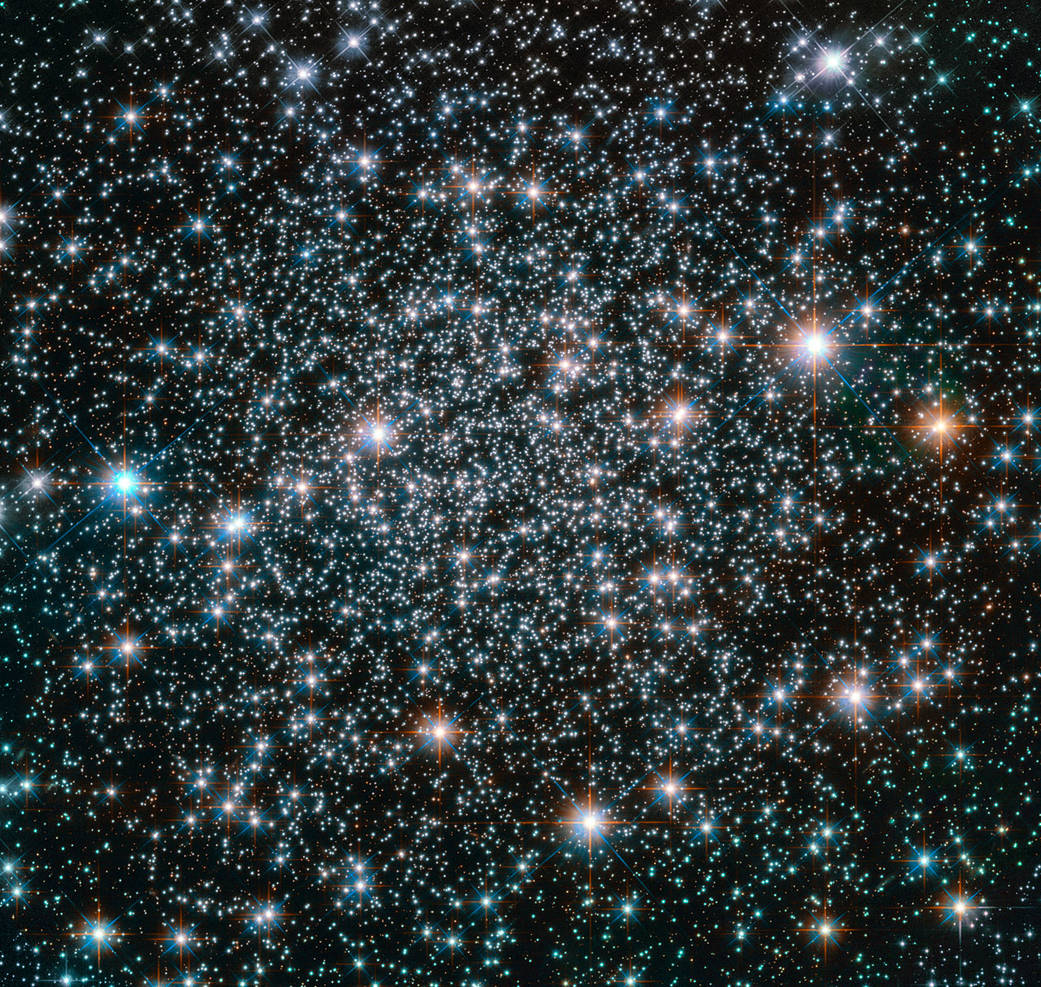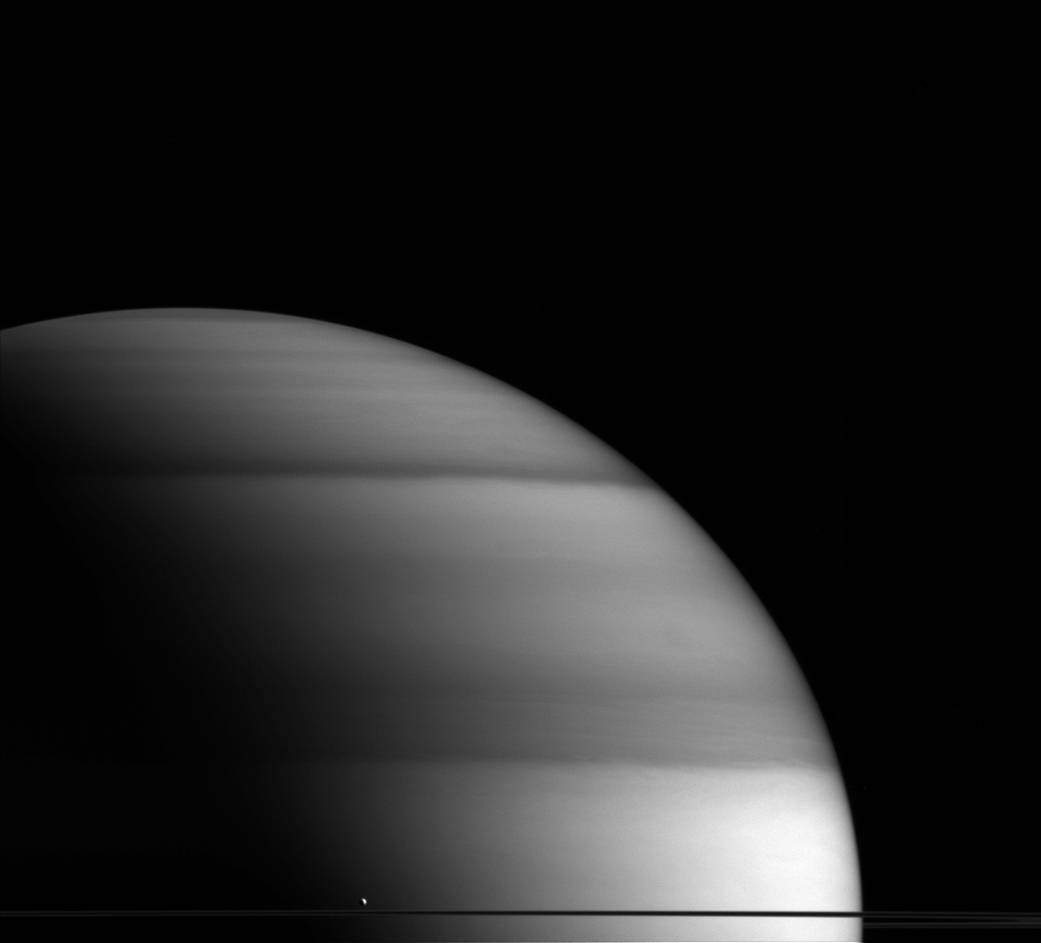NASAの今日の1枚は、乱気流を調査・研究するために使用されているグライダーからの画像です。
この写真に機体の一部が写っているグライダー、どんな全体像をイメージされますか?
その大きさ、飛行方法、飛んでいる高さ、どれも予想外のシロモノなのです。
その意外過ぎる実像は、記事の後ろに。
NASAの公式サイトのURLはこちら:
https://www.nasa.gov/image-feature/new-research-studies-turbulence
以下はオリジナル原文と和訳です。
The HiDRON stratospheric glider from Stratodynamics is seen over New Mexico
In a series of flights between June 1-6, 2021, Stratodynamics Inc. launched its HiDRON stratospheric glider from a high-altitude balloon at Spaceport America in New Mexico. HiDRON carried technology supported by NASA’s Flight Opportunities program for the first time. The uncrewed HiDRON stratospheric glider from Stratodynamics is designed to release from a sounding balloon at near-space altitude, enabling a controlled descent for technology payloads aboard. The glider also achieves higher velocity than a balloon flight alone – one of the reasons NASA-supported researchers from the University of Kentucky chose Stratodynamics as the flight provider for testing of turbulence detection instruments.
2021年6月1日から6日までの一連の飛行で、Stratodynamics社は、ニューメキシコ州のスペースポートアメリカで高高度気球からHiDRON成層圏グライダーを飛行させました。 HiDRONは、NASAのFlightOpportunitiesプログラムでサポートされているテクノロジーを初めて搭載したものです。 Stratodynamics社の無人HiDRON成層圏グライダーは、宇宙に近い高度で気球から切り離されるように設計されており、降下中に搭載されている計測器を制御できます。グライダーはまた、気球では達成不能な高速で飛行します。これが、NASAが支援するケンタッキー大学の研究者が乱気流検出機器のテスト用の選定業者としてStratodynamics社を選択した理由の1つです。
According to the Federal Aviation Administration: “Clear air turbulence is air movement created by atmospheric pressure, jet streams, air around mountains, cold or warm weather fronts or thunderstorms. It can be unexpected and can happen when the sky appears to be clear.” Turbulence can be dangerous and has been know to injure passengers on commercial flights.
連邦航空局によると、「晴天乱気流とは、大気圧、ジェット気流、山の周りの空気、寒いまたは暖かい前線、または雷雨によって引き起こされる空気の動きです。予期せぬことであり、空が澄んでいるように見えるときに発生する可能性があります。」乱気流は危険であり、実際の運航便で乗客を傷つけてしまうことがあることが知られています。
The series of flights aimed to help researchers assess the performance of a wind probe from the University of Kentucky and an infrasonic microphone sensor developed by researchers at NASA’s Langley Research Center in Hampton, Virginia, which Stratodynamics licensed from NASA in 2020. Together, the instruments are designed to aid turbulence detection for remote-piloted and autonomous aerial vehicles, including commercial aircraft and on-demand delivery drones.
今回の一連の飛行は、ケンタッキー大学の風力プローブと、バージニア州ハンプトンにあるNASAのラングレー研究所の研究者によって開発されたインフラソニックマイクセンサーの性能を評価することを目的としています。商用航空機やオンデマンド配信ドローンなど、リモートパイロットおよび自律型航空機の乱流検出を支援するように設計されています。
Learn more about this research.
Image Credit: Stratodynamics, Inc./UAVOS
Last Updated: Jun 17, 2021
Editor: Yvette Smith
グライダーの大きさ、飛行方法、飛んでいる高さ
グライダーの大きさ
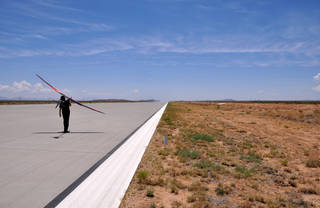
Stratodynamics CEO Gary Pundsack carries the HiDRON glider off the runway at Spaceport America after a successful controlled landing on June 6, 2021. Researchers will spend the next few months analyzing data collected by NASA-supported turbulence detection sensors that were tested on the flight.
Credits: Stratodynamics, Inc./UAVOS
小さっ!
思わず声が漏れるグライダーの大きさです。
開発元の会社のCEOが、肩に担いで運んじゃっています。
グライダーの飛行方法
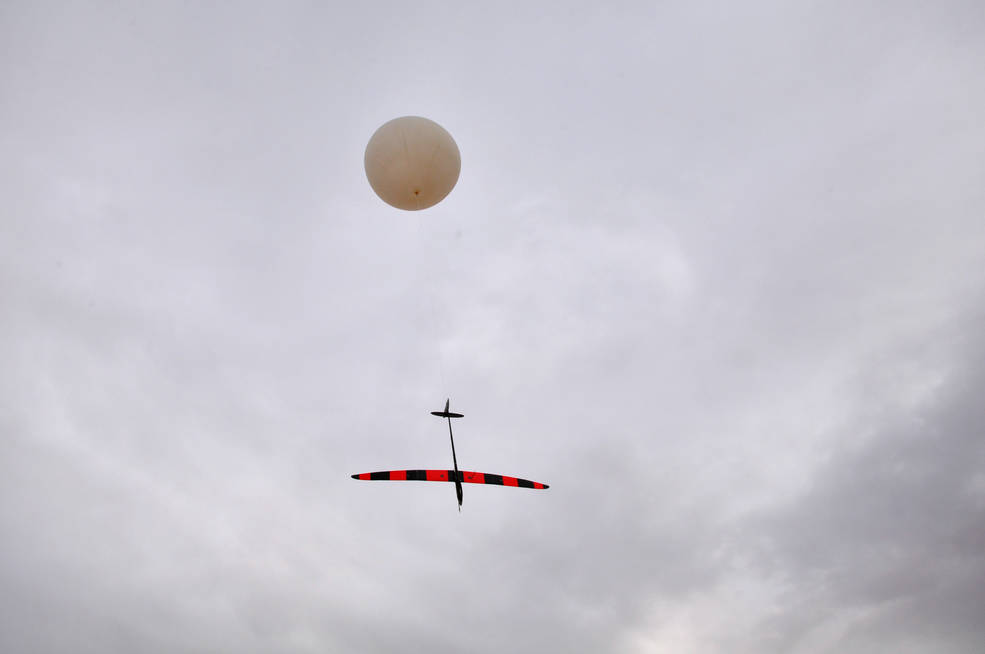
Credits: Stratodynamics, Inc./UAVOS
このグライダー、日本でよく見かけるように、地上の発進場(飛行場)からウインチで飛ばすものではないのです。
あるいは航空機で牽引したり、抱きかかえて、上空まで運ぶものでもないのです。
何と、気球で吊り下げて宇宙に近い高度、つまり成層圏まで運んでゆくのでした!
なかなかエコですね。
グライダーの飛んでいる高さ
NASAの記事によりますと、このグライダーは地上30Kmの高度で切り離されて、時速300マイル以上の速度で滑空したとあります。

ちなみに、どこからが宇宙になるのかは地上100Kmとも500Kmと言われています。
大気が存在する範囲を大気圏(たいきけん)、その外側を宇宙空間という。大気圏と宇宙空間との学術的な境界は、何を基準に考えるかによって幅があるが、便宜的に概ね高度500kmであるとされる。一般的には、大気がほとんど無くなる高度100kmのカーマン・ラインより外側を宇宙空間とする。
地球の大気 – Wikipedia
